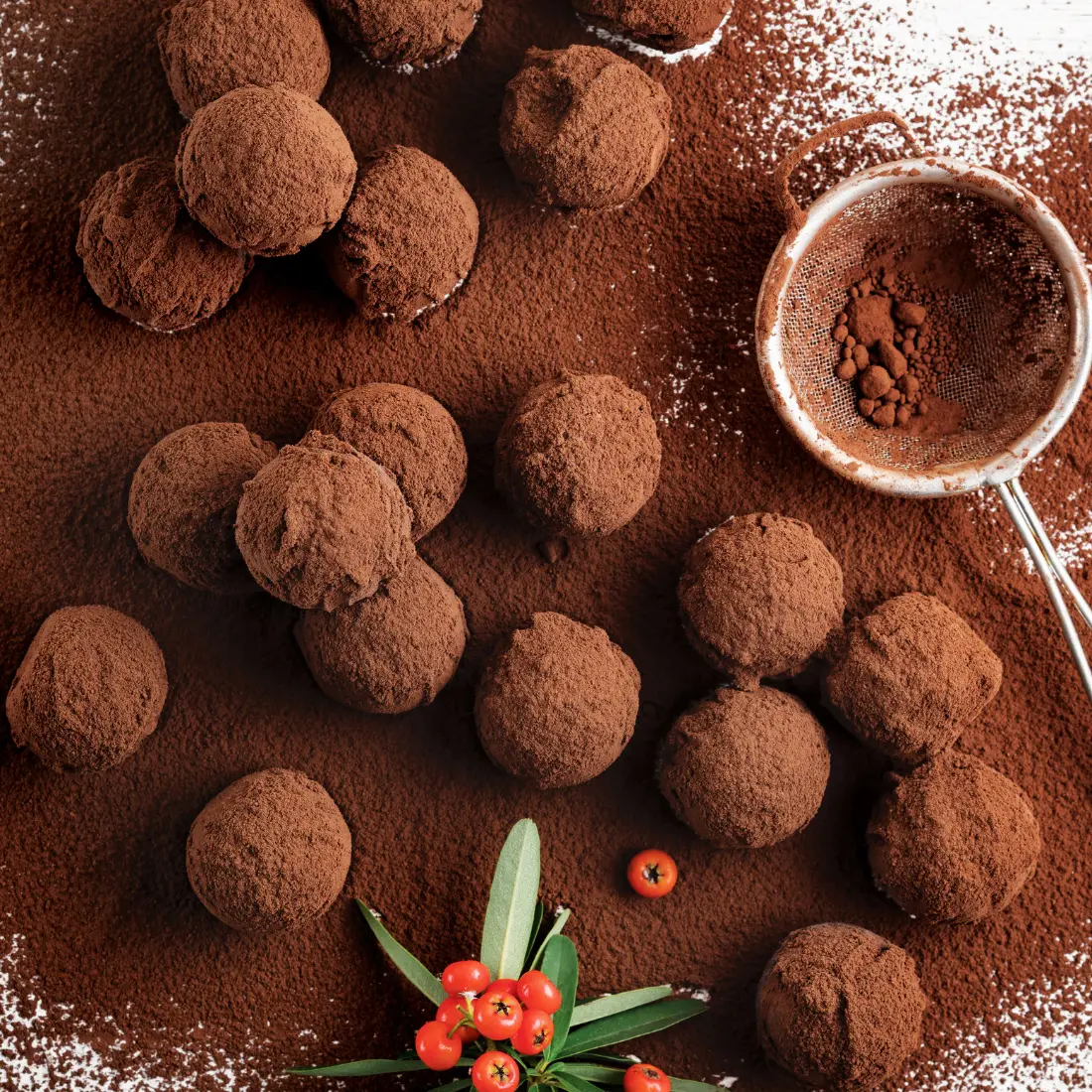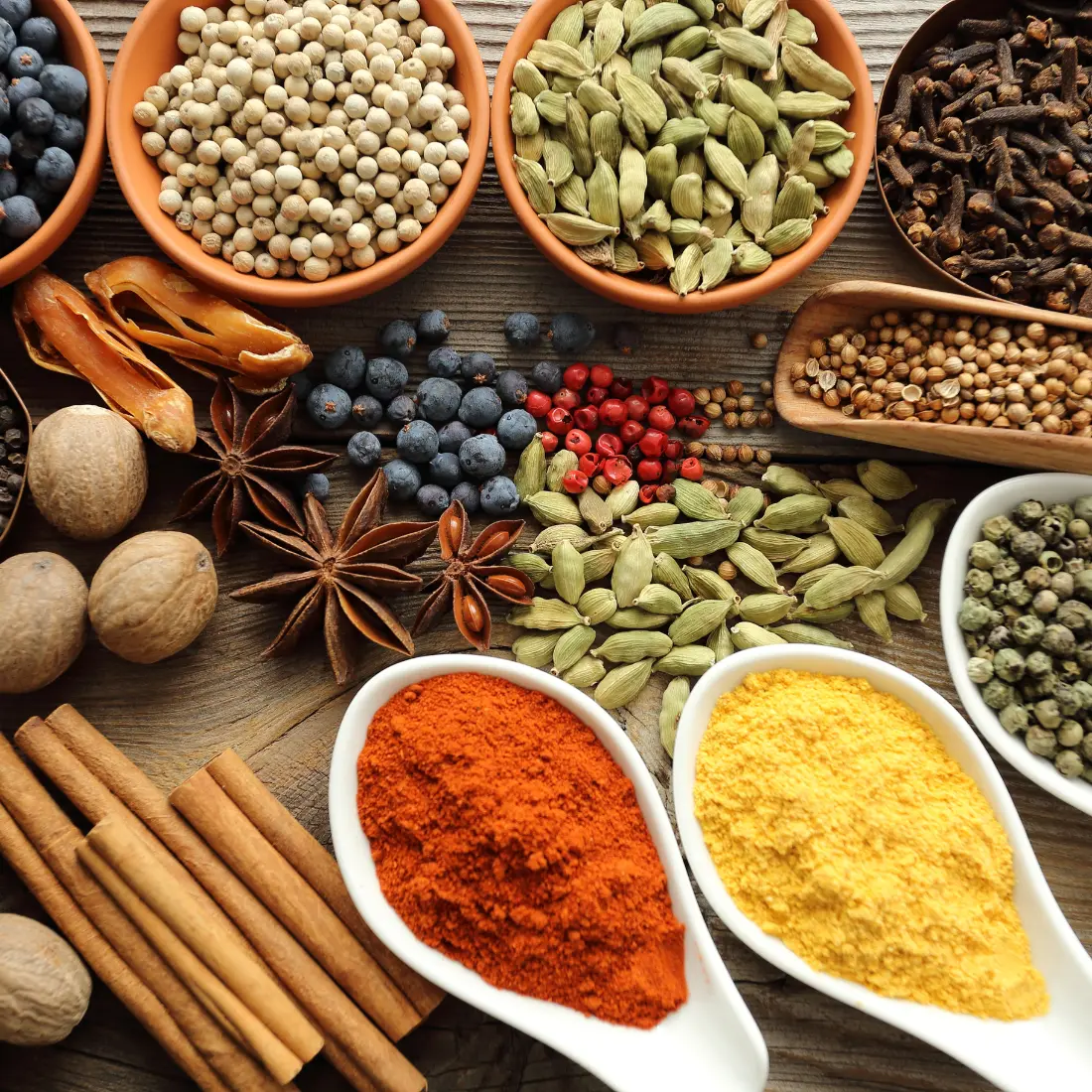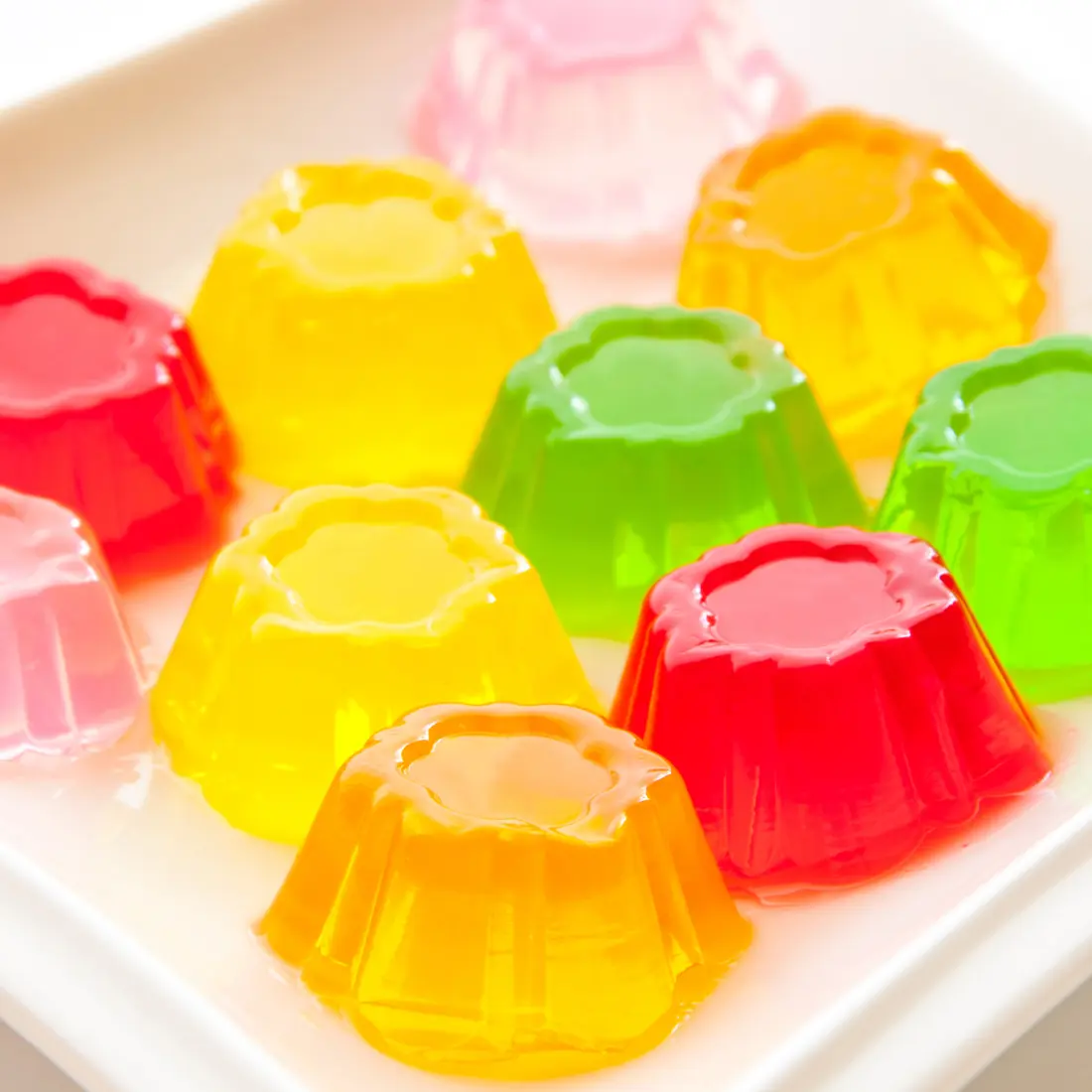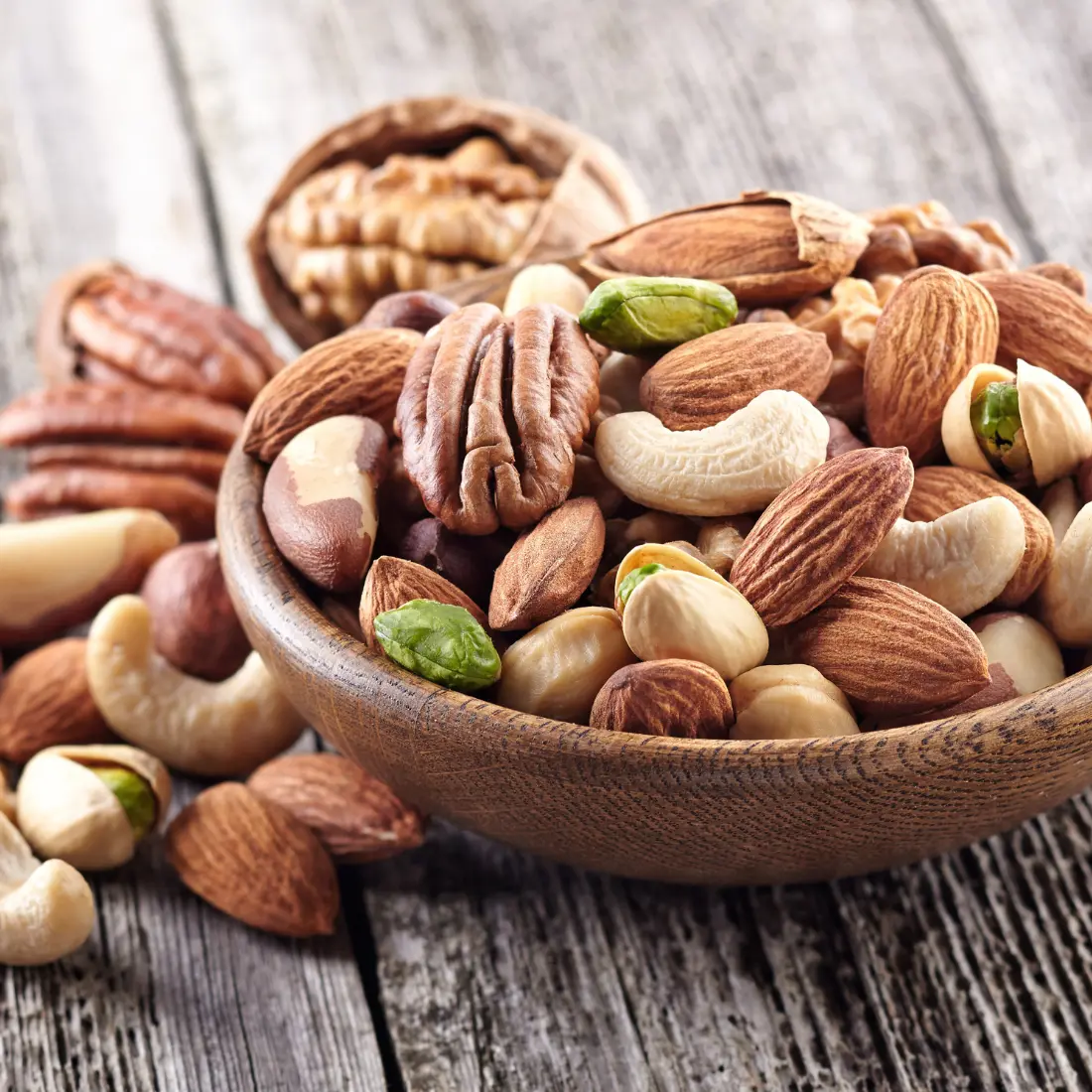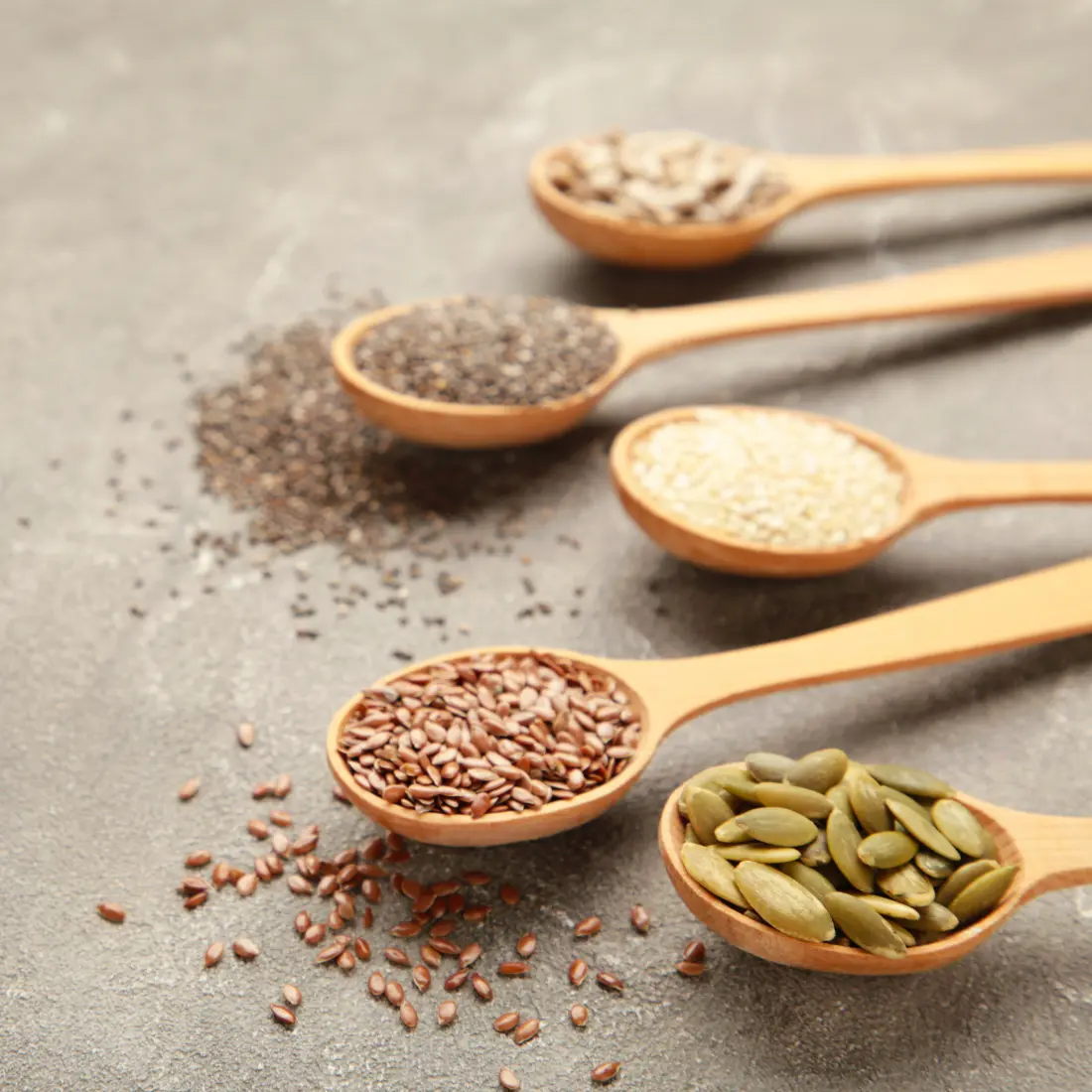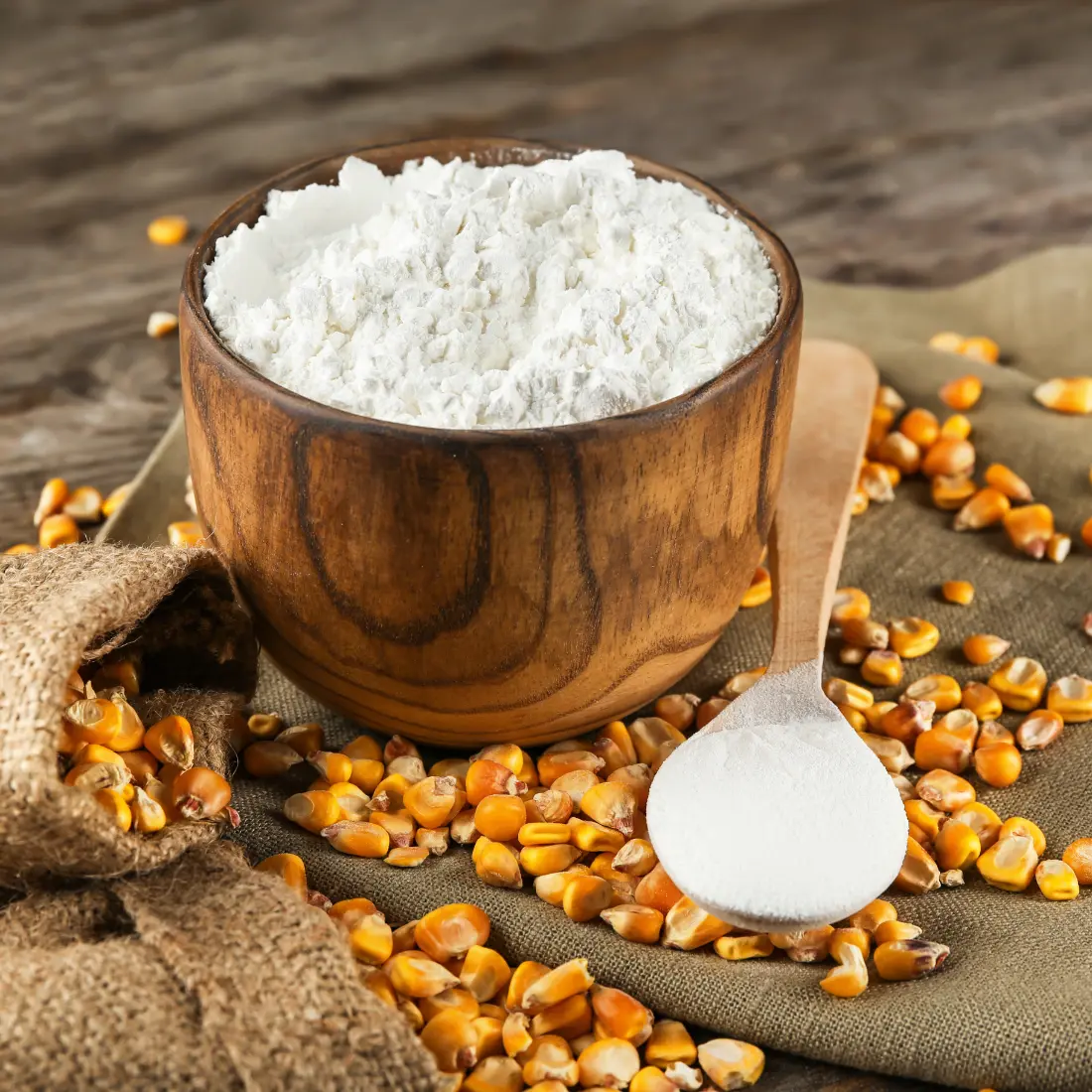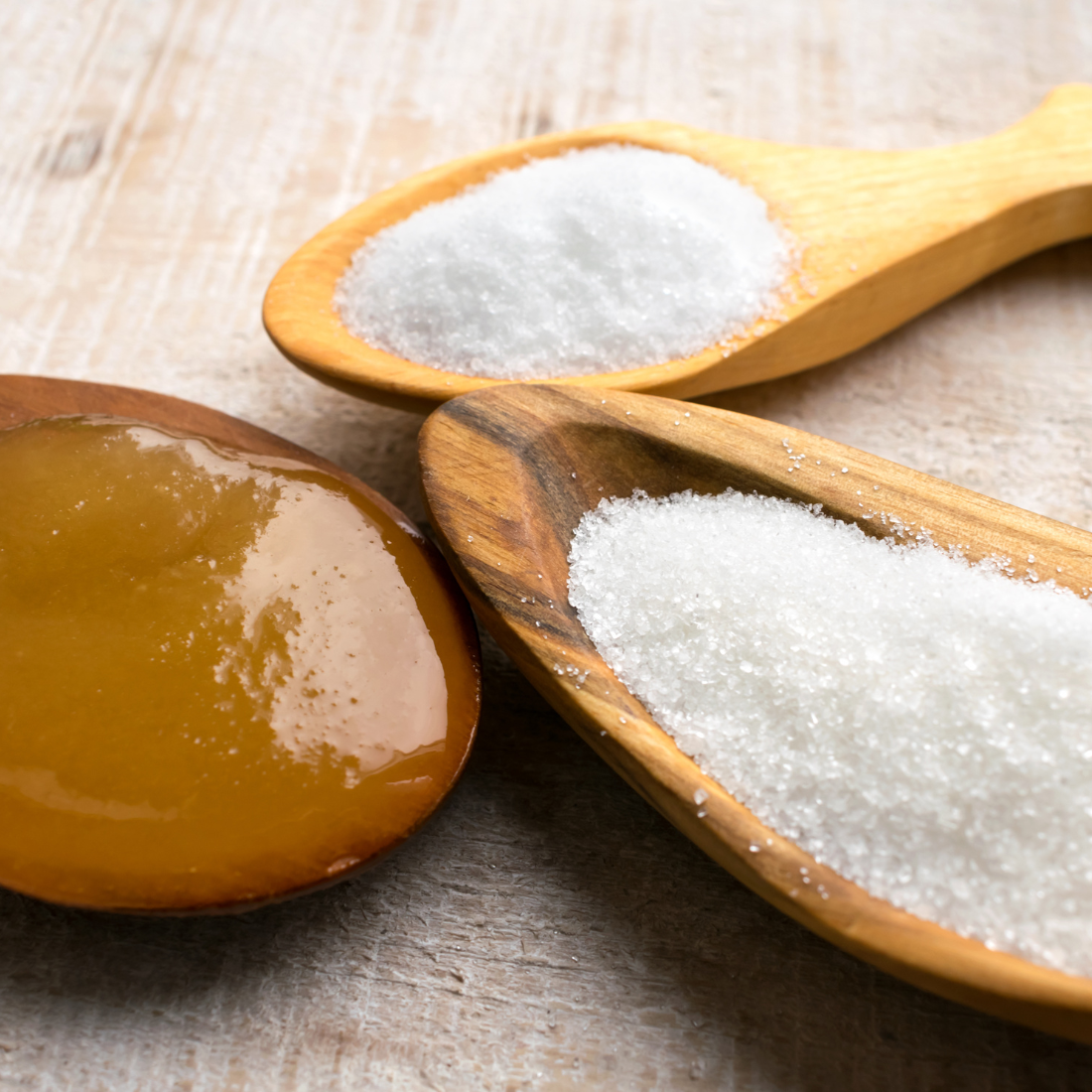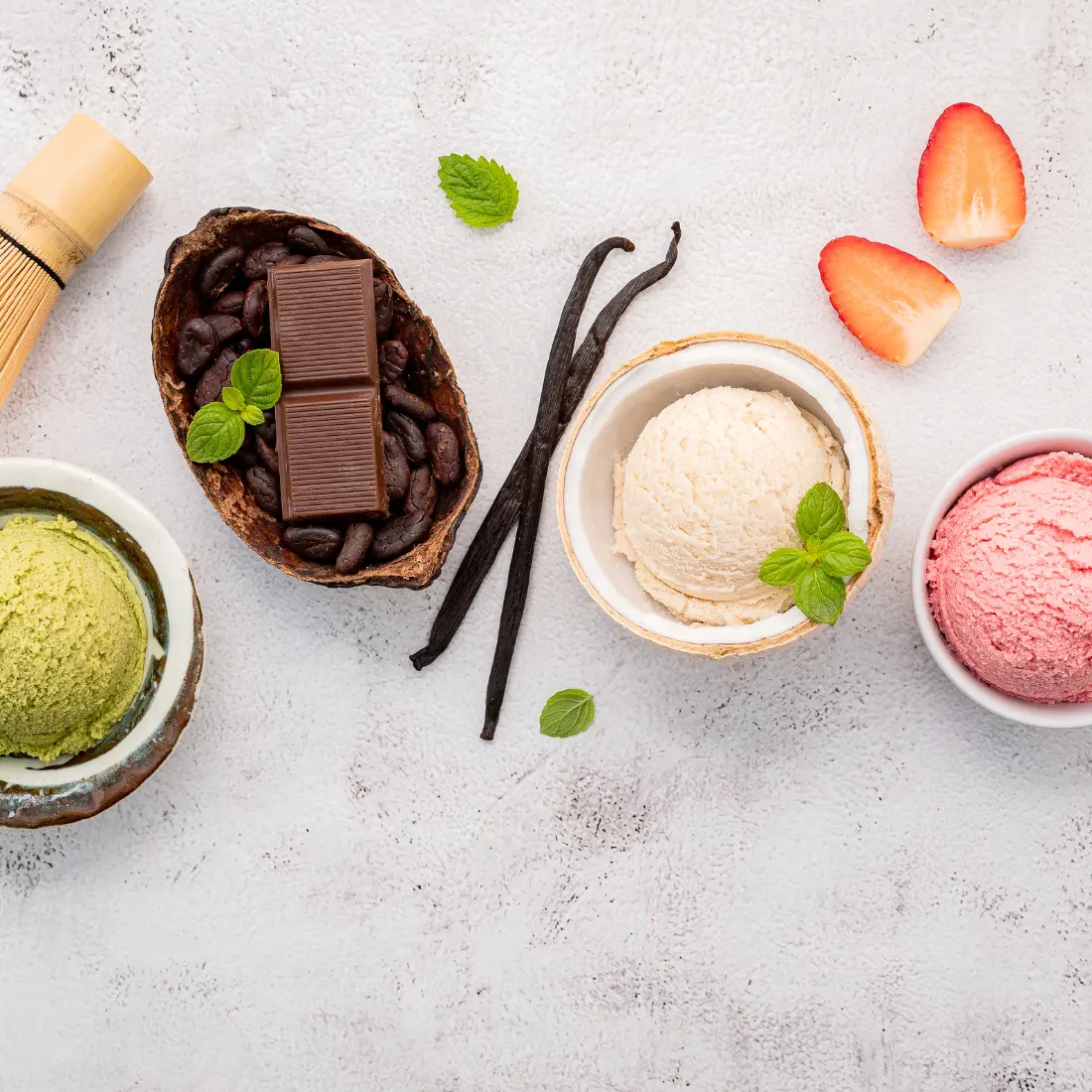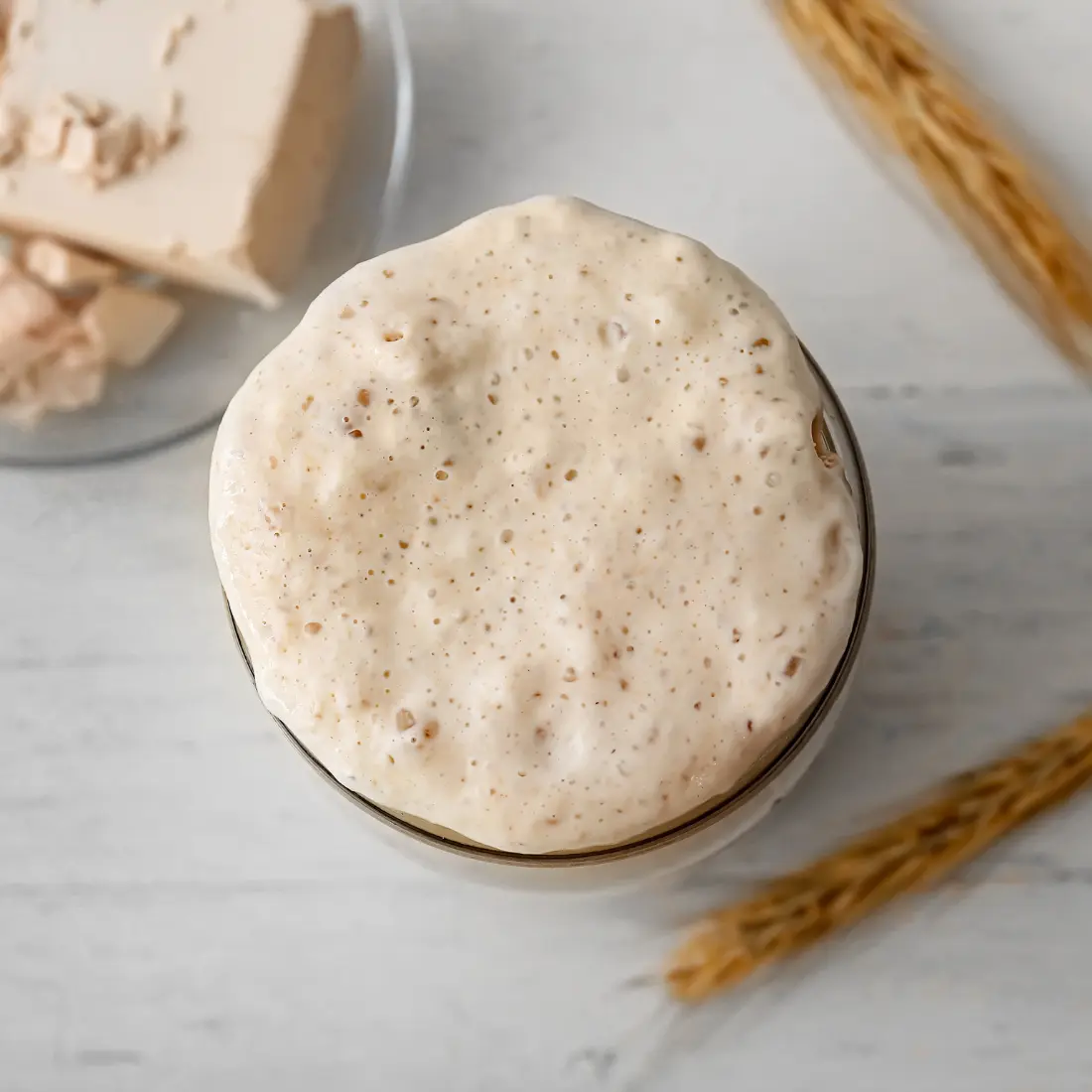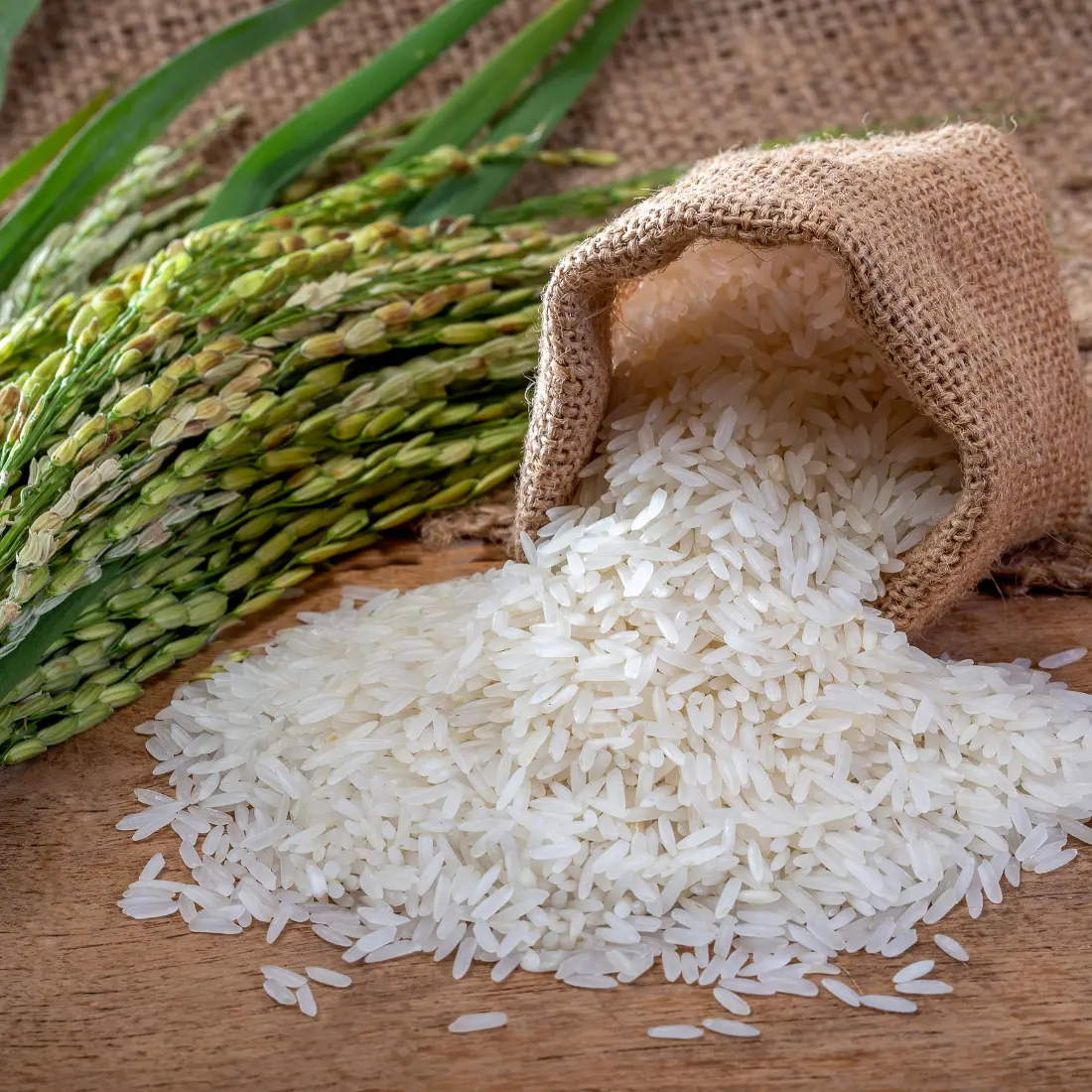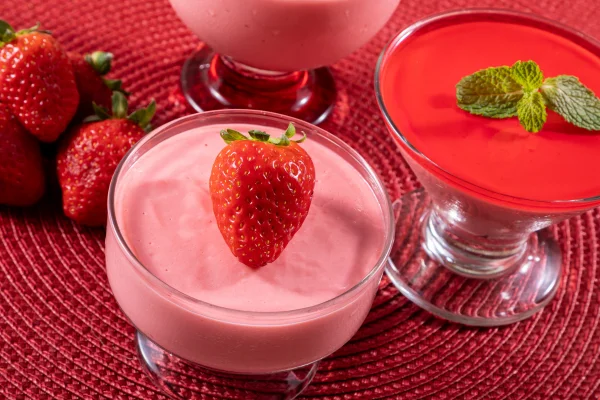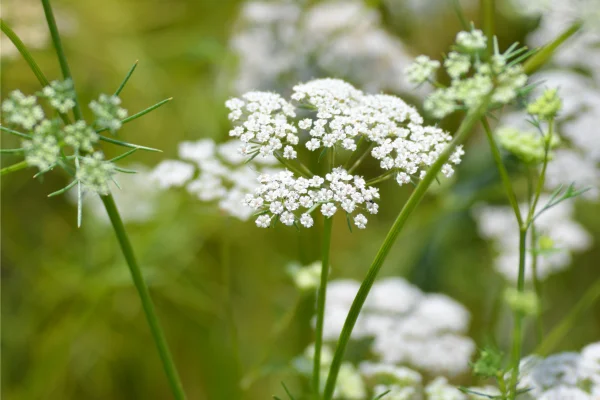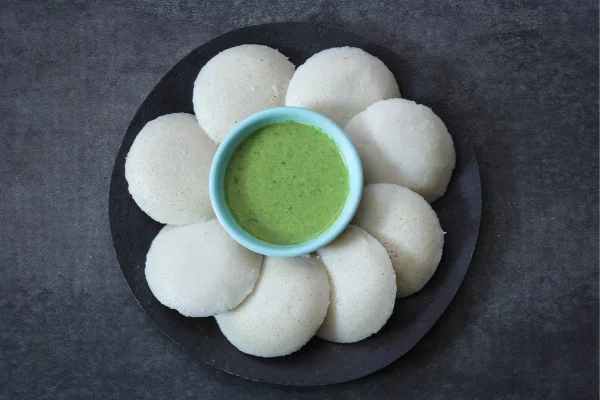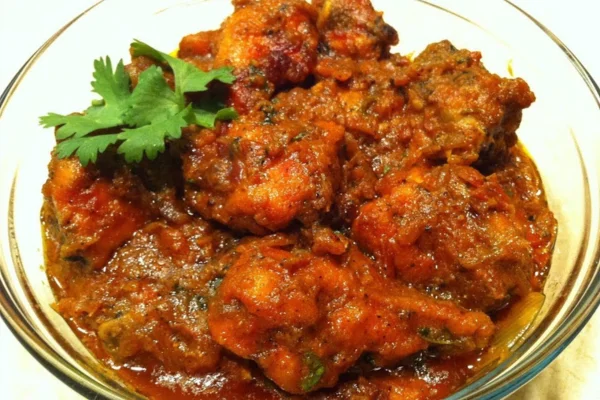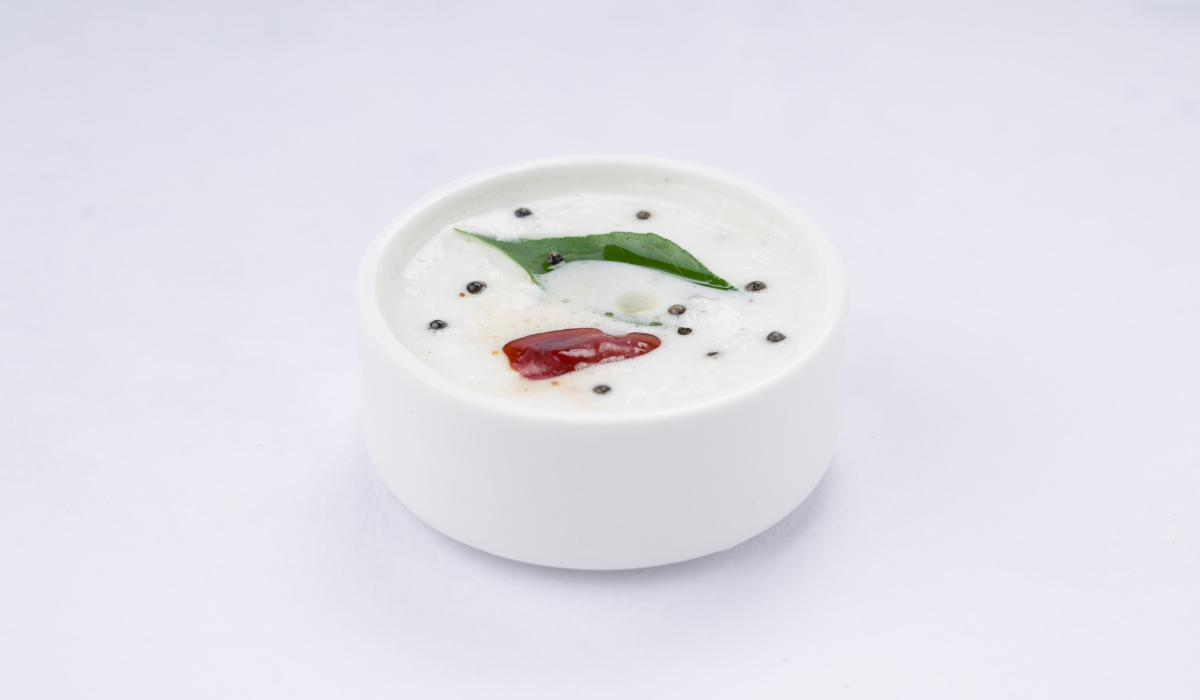
Coconut Chutney is a delightful South Indian condiment that pairs beautifully with breakfast and snack dishes like Idli, Dosa, Uttapam and Medu Vada. A classic coconut chutney recipe with spice tempering.
Coconut chutney originated from the South Indian cuisine. It is most often served with breakfast or snack dishes. In its simplest form, it is made by finely grinding fresh white coconut meat with either green chilies or dry red chilies and salt added to it.
Chilies lend a bit of heat and spice in the chutney. Garlic or ginger can be added for more savory depth. A tempering of oil with crackled mustard seeds, fried urad dal (black gram), crisp curry leaves and asafoetida (hing) brings more flavor to otherwise plain coconut chutney.
Ingredient
- ½ cup fresh grated coconut (tightly packed) or ½ cup desiccated coconut
- 2 tablespoons roasted chana dal – optional
- 1 or 2 green chilies or ½ teaspoon chopped green chillies or serrano or anaheim pepper
- ½ inch ginger – optional, you can also add 1 to 2 small garlic cloves
- salt as per taste
- 3 to 4 tablespoons water or add as required – for grinding
For Tempering
- ½ teaspoon mustard seeds
- ½ teaspoon urad dal (split and husked black gram)
- ½ teaspoon cumin seeds – optional
- 9 to 10 curry leaves or 1 sprig of curry leaves
- 1 pinch asafoetida (hing)
- 1 dry red chili – broken and seeds removed
- ½ tablespoon oil – sesame or peanut or coconut or sunflower oil or any neutral oil
Method
- Add ½ cup tightly packed freshly grated coconut in a chutney grinder jar or a small grinder jar.
- Add 1 to 2 chopped green chillies (depending on your heat preference), ½ inch chopped ginger (optional, can substitute with 2 small cloves of garlic) and 2 tablespoons roasted chana dal.
- Add salt to taste. I suggest starting with less salt at first. Then, after grinding, check the taste and add some more salt if required. Remember, you can always add MORE salt, but you can’t take it away once it has been added.
- Add 3 to 4 tablespoons water. You can make this coconut chutney thicker by adding less water. You can skip roasted chana dal if you do not have it.
- Grind to a smooth consistency. If the blade is unable to grind or the chutney looks thick, then you can add 1 to 2 tablespoons more water or as needed.
- Remove the chutney with a spoon or spatula in a heat proof bowl (e.g. steel, pyrex or glass). Check the taste and add more salt if needed.
- In a small pan or a tadka pan, heat ½ tablespoon sesame oil (gingelly oil – made from raw sesame seeds) over low heat.
- Add ½ teaspoon mustard seeds and let them begin to crackle.
- Once the mustard seeds begin to crackle, add ½ teaspoon urad dal (split and husked black gram).
- Add ½ teaspoon cumin seeds. You can skip cumin seeds if you prefer.
- Stir often and fry keeping the flame to a low.
- The urad dal should start becoming golden. The cumin seeds will also crackle and get browned.
- Once the urad dal begins to turn to a golden color, then add 1 dry red chilli (broken and seeds removed), 9 to 10 curry leaves and a pinch of asafoetida (hing). If the pan becomes very hot, then switch off the flame after adding the red chili, curry leaves and asafoetida.
- Stir and fry for a couple of seconds till the curry leaves become crisp and the red chilli changes color.
- Switch off the flame and immediately pour the entire tempering together with the oil on the ground coconut chutney in the bowl.
- Mix very well.
- Serve coconut chutney with idli, dosa, vada of your choice.

 English
English


